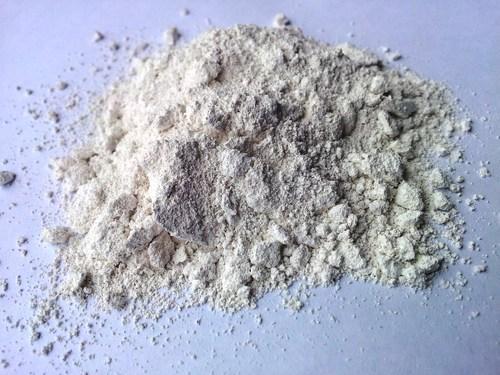How to make comprehensive utilization of waste stone powder?

For every 30m2 plate produced, about 1t of stone powder, gravel and other wastes are produced. With the increase of stone output, the waste generated increases year by year, and a large amount of waste stone in the stone processing area cannot be fully utilized. Due to the finer particles of stone powder, in rainy days, it will mix with rainwater to form stone powder mud, which will flow in all directions. In sunny days, it will fly around with the wind, causing secondary pollution to the environment. Large areas of arable land, water resources, air, etc. are seriously polluted, and the ecological environment severely damaged. The transfer and stacking of stone powder can only be exchanged for the improvement of environmental sanitation around the plant, but cannot fundamentally solve the problem of stone powder pollution. To treat both the symptoms and root causes, the comprehensive utilization of the waste stone powder produced in the stone processing industry is the inevitable choice for pollution control.
Stone powder refers to fine particles with a particle size of less than 0.16mm produced by sawing and polishing during stone processing. It is mainly divided into marble powder and granite powder. Marble is mainly composed of carbonate minerals (calcite, dolomite), and granite is silicate minerals (quartz, feldspar, amphibole, pyroxene, Mica, etc.).
For stone powder of unknown composition, the combination of XRD (powder X-ray diffractometer) and XRF (X-ray fluorescence spectrometer) is generally used for determination and analysis, which can not only determine the chemical composition, but also determine its content. Due to the small size of stone powder particles, a laser particle size analyzer is generally used to test the particle size and distribution. The particle size of marble powder is relatively small, and the particle circularity is high, while the granite powder has more large particles and is mainly block and flat, and the circularity is poor.
After the stone processing factory settles the waste water containing stone powder in the sedimentation tank, the upper layer of clean water is recycled, and the lower layer of mud is excavated and stacked. Therefore, the common waste stone powder is in the form of mud paste, with a water content of about 40%. According to the needs of reuse, some only need to filter out the large impurities in the stone powder and can be used directly, while others need to be dry ball milled.
Comprehensive utilization method of waste stone powder
1 Used as concrete admixture to replace cement
2 Used in commercial mortar instead of sand
3 For wall materials
4 Mechanism of action of stone powder in cement-based materials
5 Artificial Stones
6 Imitation stone coating
7 Polymer modification
With the improvement of people’s requirements for environmental protection and the development of social civilization, the treatment and utilization of stone waste has become an urgent problem for stone processing enterprises. Use – the main line of actively promoting products into the market, to overcome difficulties and explore and develop together to solve long-term environmental problems.
